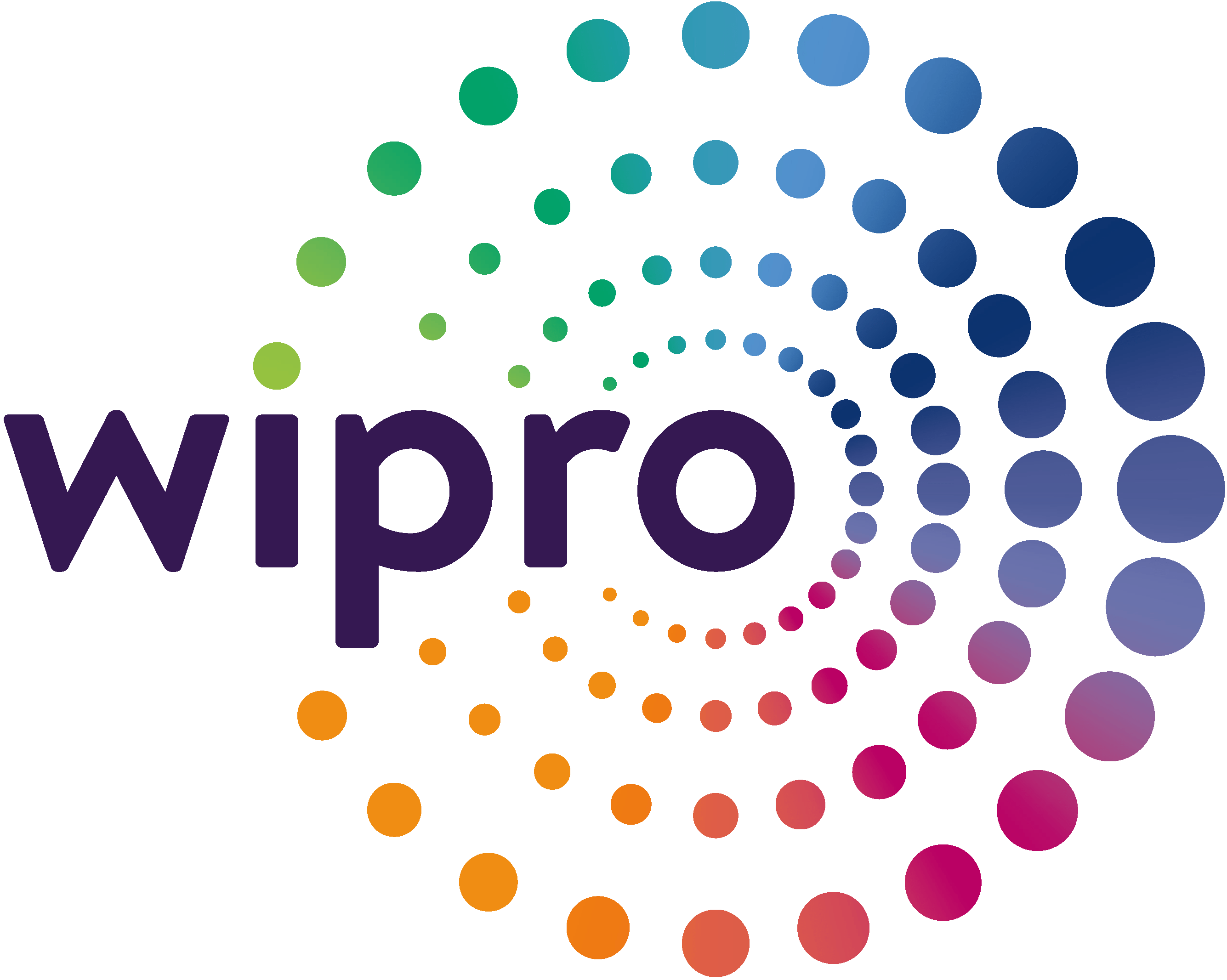MOA AMENDMENT
MOA stands for “Memorandum of Association.” It is a legal document that serves as one of the foundational documents for a company or corporation, particularly in the context of company law in many countries, including India and the United Kingdom. The Memorandum of Association contains essential information about the company’s objectives, powers, and scope of operations. With “India’s BEST TAX CONSULTANT.” Connect with our Experts.
Get MOA AMENDMENT Online Hassle Free.
MOA AMENDMENT Online with Auriga Accounting
- Connect with our Experts
- Submit Your Required Documents
- Track Application Status
- Received your Certificate














